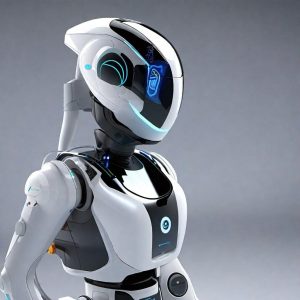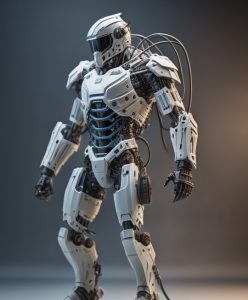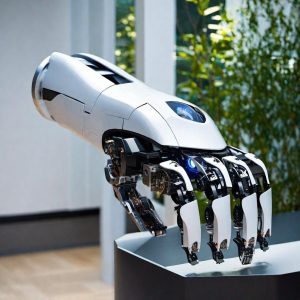
There is some concern in society about the increasing use of robots in various spheres of human life. However, the benefits are much greater. With good training, it is possible to successfully combine the work of humans and mechanical assistants. Here are some interesting examples of real-world applications of robotics in healthcare. Robot surgeons For >>>>




